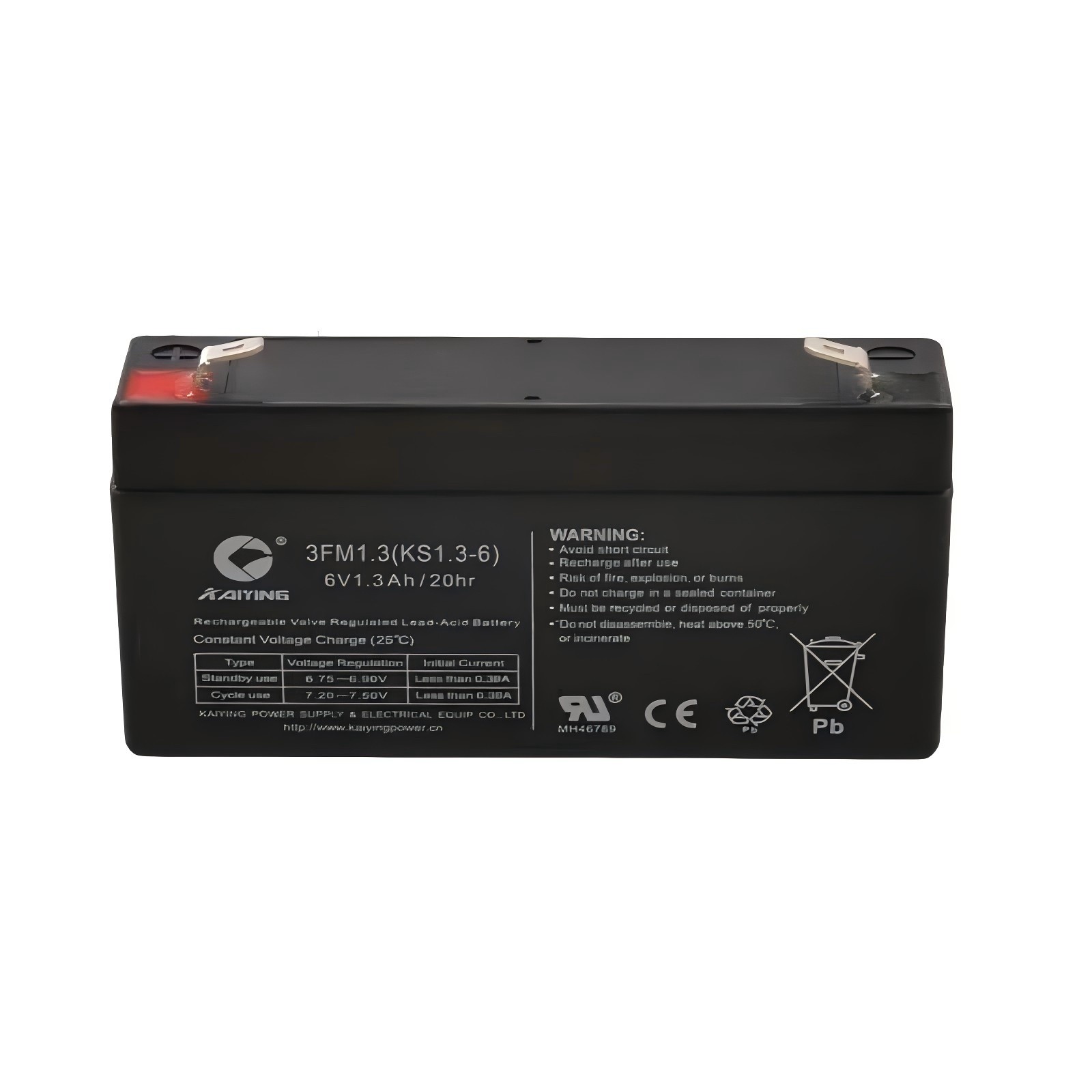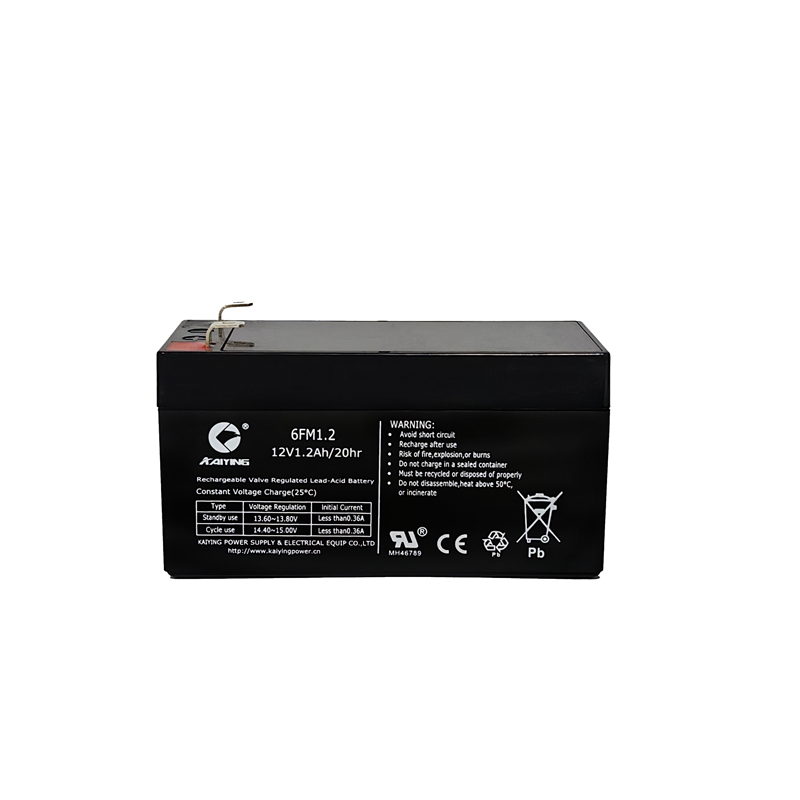In today’s rapidly evolving world, the demand for sustainable energy solutions has become paramount. To address this need, Higon presents a cutting-edge commercial storage solar system that combines high voltage capability with hybrid functionality. This innovative product offers businesses the opportunity to harness the power of the sun while ensuring an uninterrupted power supply.
Commercial Storage System: Higon’s commercial storage system is designed to efficiently store and distribute energy for businesses of all sizes. With its advanced technology, this system helps optimize energy consumption and reduce reliance on conventional power sources. Business owners can now take control of their energy usage, resulting in significant cost savings and a greener footprint.
High Voltage System: The Higon commercial storage system boasts a high voltage capability, allowing for efficient and effective energy transmission. This feature ensures that power is distributed safely and reliably within various business operations. By harnessing a higher voltage, this system minimizes energy losses while maximizing overall performance.
50kW Hybrid Solar System: Higon’s hybrid solar system combines the best of both worlds - solar energy and grid power. This integration allows businesses to take advantage of solar energy during the day while seamlessly switching to grid power whenever required. The 50kW capacity ensures a steady and reliable energy supply, making it suitable for small to medium-sized enterprises.
Hybrid Solar Storage: With Higon’s hybrid solar storage solution, businesses can store excess solar energy generated during the day and use it when sunlight is unavailable. By integrating smart battery technology, this system provides uninterrupted power supply, reducing dependence on the grid. This sustainable approach not only lowers electricity costs but also minimizes carbon emissions.
Lithium Battery Solar System: Higon incorporates lithium battery technology into their solar systems, ensuring enhanced efficiency and prolonged lifespan. These state-of-the-art batteries offer reliable performance, faster charging, and longer cycles. Business owners can rely on Higon’s lithium battery solar systems for consistent, clean energy throughout the day.
100kW Hybrid Solar System: For larger businesses with higher energy demands, Higon offers a powerful 100kW hybrid solar system. This robust system can efficiently power larger operations while optimizing energy utilization. Whether it’s a factory, warehouse, or office complex, Higon’s 100kW system delivers a sustainable and cost-effective energy solution.
Higon’s range of commercial storage solar systems presents a game-changing opportunity for businesses to embrace renewable energy and achieve energy independence. By integrating solar power, hybrid functionality, high voltage capability, and lithium battery technology, Higon empowers businesses to reduce their carbon footprint while enjoying significant financial benefits.
In conclusion, as we move towards a cleaner and more sustainable energy future, Higon’s commercial storage solar systems pave the way for optimized energy efficiency. With their range of innovative offerings, Higon enables businesses to harness the power of the sun while making substantial savings and contributing to a greener planet. Embrace the future of energy with Higon’s cutting-edge solutions today!
...


 Charging Safety
Charging Safety













 Keep terminals clean: Regularly clean the battery terminals to remove corrosion and dirt, ensuring good electrical contact.
Keep terminals clean: Regularly clean the battery terminals to remove corrosion and dirt, ensuring good electrical contact. Avoid overcharging and over-discharging: Follow the battery's charging and discharging specifications to prevent battery damage.
Avoid overcharging and over-discharging: Follow the battery's charging and discharging specifications to prevent battery damage.